
The Raven Age announce new album 'Blood Omen' All About The Rock
The presence of a raven was seen as a sign of impending death or a harbinger of change. In Native American folklore, ravens were often depicted as clever tricksters who brought both chaos and enlightenment to the world.. In many cultures, ravens are considered omens of death. Their appearance near a person or in a specific area is often.

Raven Symbolism and Raven Meaning on WhatsYourSign
Similarly, in Celtic mythology, the raven is an omen of death and a symbol of Morrigan, the goddess of battle and strife. In Native American folklore, the raven is a trickster figure who brings about the destruction of the world through his mischief. Dead Raven and Loss. The death of a raven can also be interpreted as a symbol of loss.
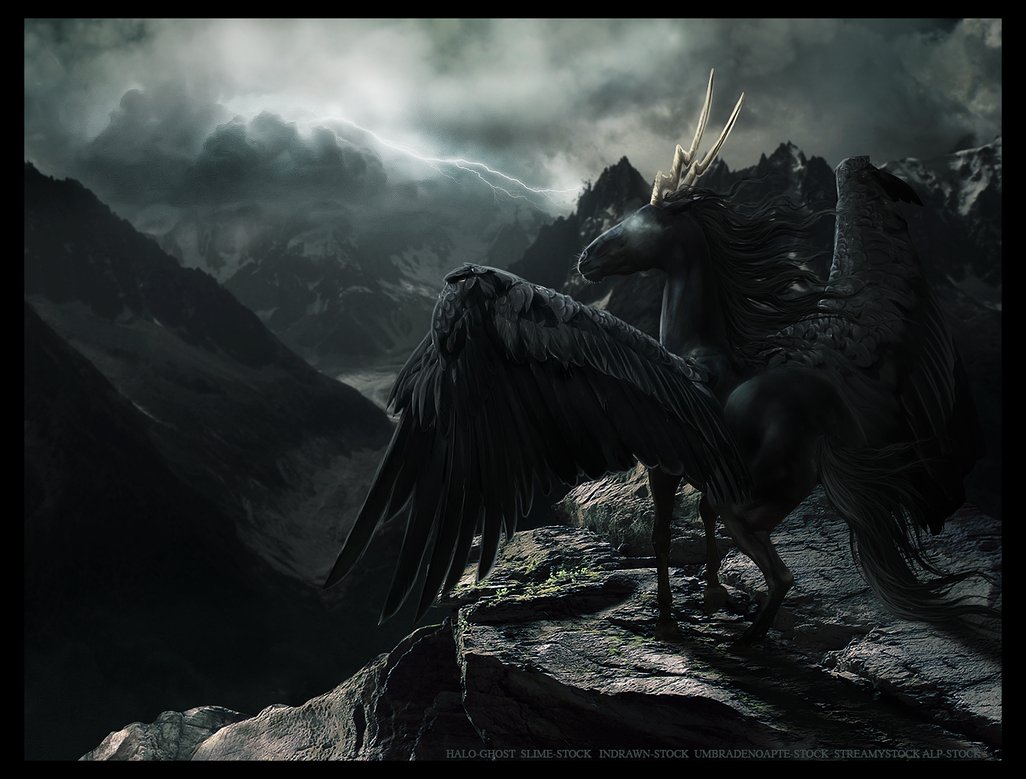
COMMISSION A Good Omen by THEWEATHEREDRAVEN on DeviantArt
Raven symbolism in Native America. In the Native American culture, ravens have a mixed symbolism. Some tribes used to worship ravens as a deity and believed them to be the creator of everything in the world. In other tribes, seeing a raven was considered a good omen and meant the death or defeat of their ill-thinkers and enemies.

Townsend Music Online Record Store Vinyl, CDs, Cassettes and Merch
The omen of the raven is complex and can mean different things in different cultures. They can be a signal of death or misfortune, or they can indicate change and good fortune. Many times, ravens bring the message of transformation and opportunity. Ravens eat carrion (dead animals) and are often associated with death and bad omens.
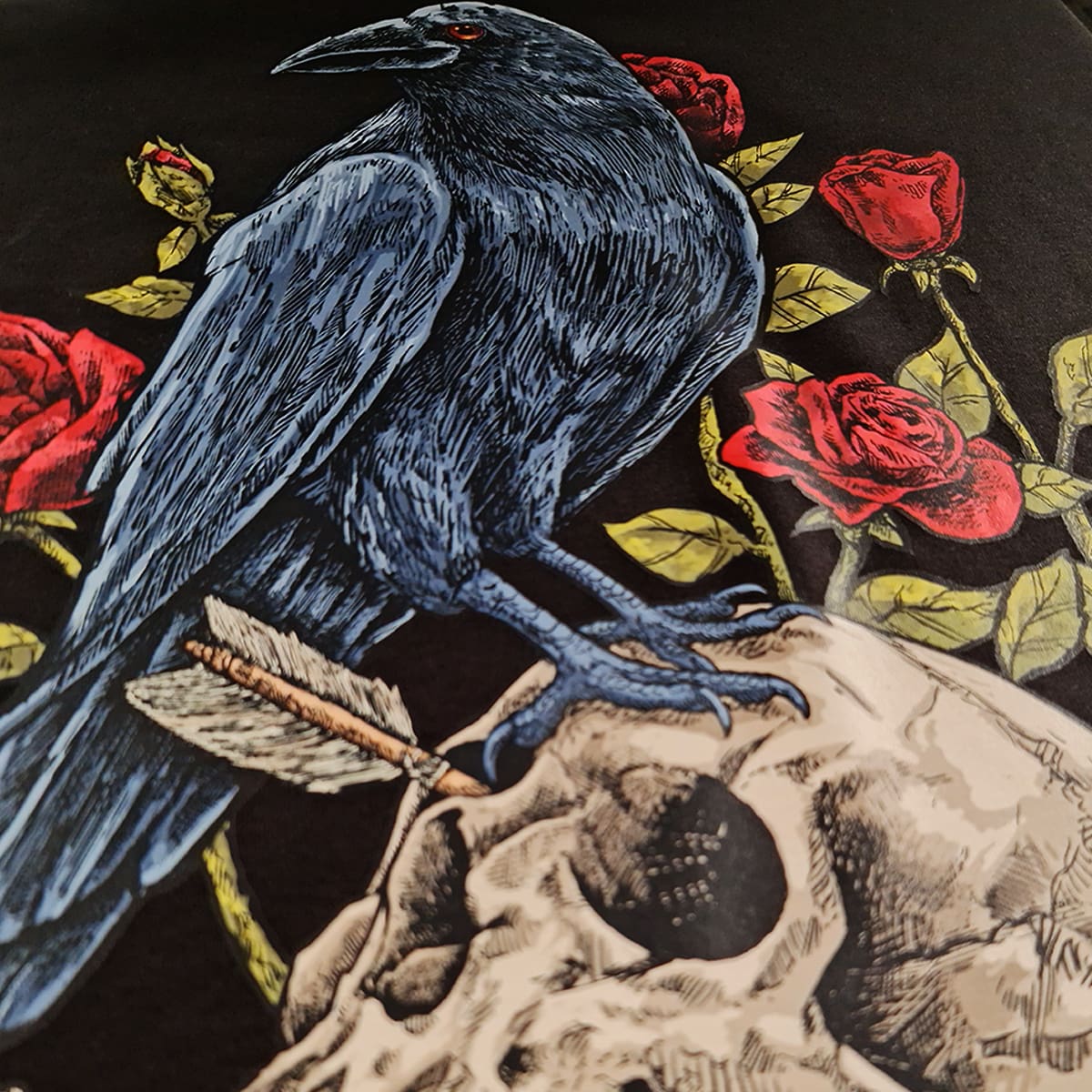
RAVEN THE OMEN OF DEATH TEE Inner Beast Clothing
Related Article: Black Raven Spiritual Meaning and Symbolism. 2. Escaping darkness. In Christianity, the raven was the only creature to not return to Noahs' Arc. Instead, it feasted on the corpses left behind. The raven in turn was considered a symbol of darkness and dread. It was a negative omen that instilled fear in those who saw it.

The Omen I have very fascinated with the raven at M… Flickr
Common ravens in Petrified Forest National Park, Arizona.. Many references to ravens exist in world lore and literature. Most depictions allude to the appearance and behavior of the wide-ranging common raven (Corvus corax).Because of its black plumage, croaking call, and diet of carrion, the raven is often associated with loss and ill omen.Yet, its symbolism is complex.

Townsend Music Online Record Store Vinyl, CDs, Cassettes and Merch
Even within the Christian religion, ravens hold a special significance. While they are referred to as "unclean" within the Bible, Genesis tells us that after the flood waters receded, the raven was the first bird Noah sent out from the ark to find land. Also, in the Hebrew Talmud, ravens are credited with teaching mankind how to deal with death; when Cain slew Abel, a raven showed Adam and.

raven by David Hofmann.jpg Wikimedia Commons
Although the jet-black raven has long been associated with loss and grief (as in Edgar Allan Poe's famous poem, "The Raven"), seeing the animal doesn't necessarily mean that something bad is going to happen."It's a common misconception that the raven is solely seen as an omen of darkness due to its black color, but black does not mean evil," says Lee.
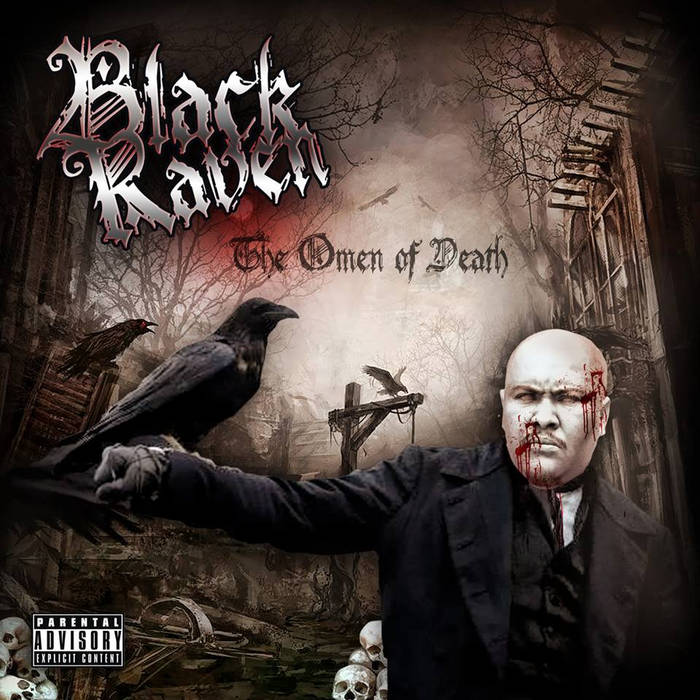
Black Raven The Omen of Death Skull Damage Darkstarz Records
Raven encounters and omens. Traditionally, encountering a raven is an omen of death. This is due, largely, to the fact that ravens are carrion birds which feed on the dead and are thus found in close proximity to death. Of course, not every raven encounter could really foretell death, as these birds are common and widespread.
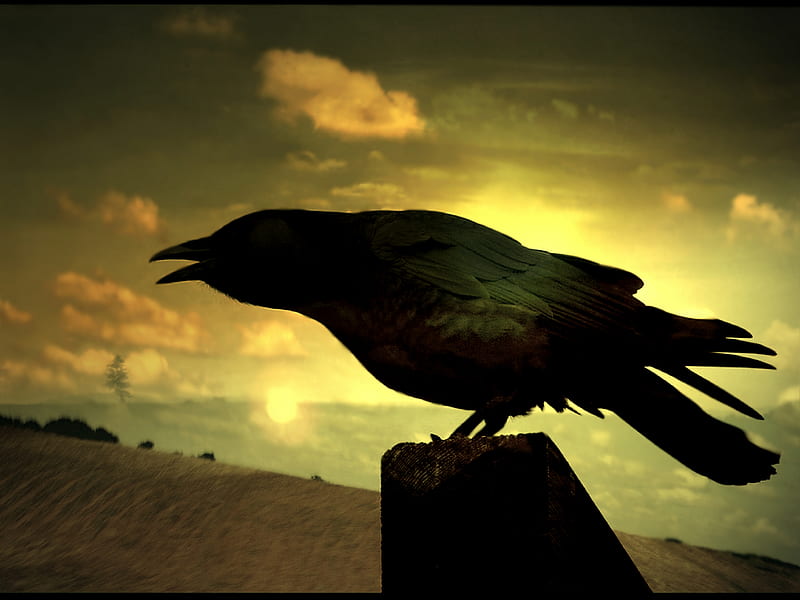
1080P free download The Raven, omen, black, bird, clouds, HD
The Raven. The titular raven represents the speaker's unending grief over the loss of Lenore. Ravens traditionally carry a connotation of death, as the speaker himself notes when he refers to the bird as coming from "Night's Plutonian shore," or the underworld.
"The raven is an omen of death. Can you feel the twilight drawing
Raven symbolism is found in many African cultures, where the bird is respected for its power and mysteriousness. The raven has inspired countless stories and legends, believing it possesses supernatural powers to bless or punish people, depending on their behavior.. Ravens are often seen as omens of death or bad luck but can also represent.
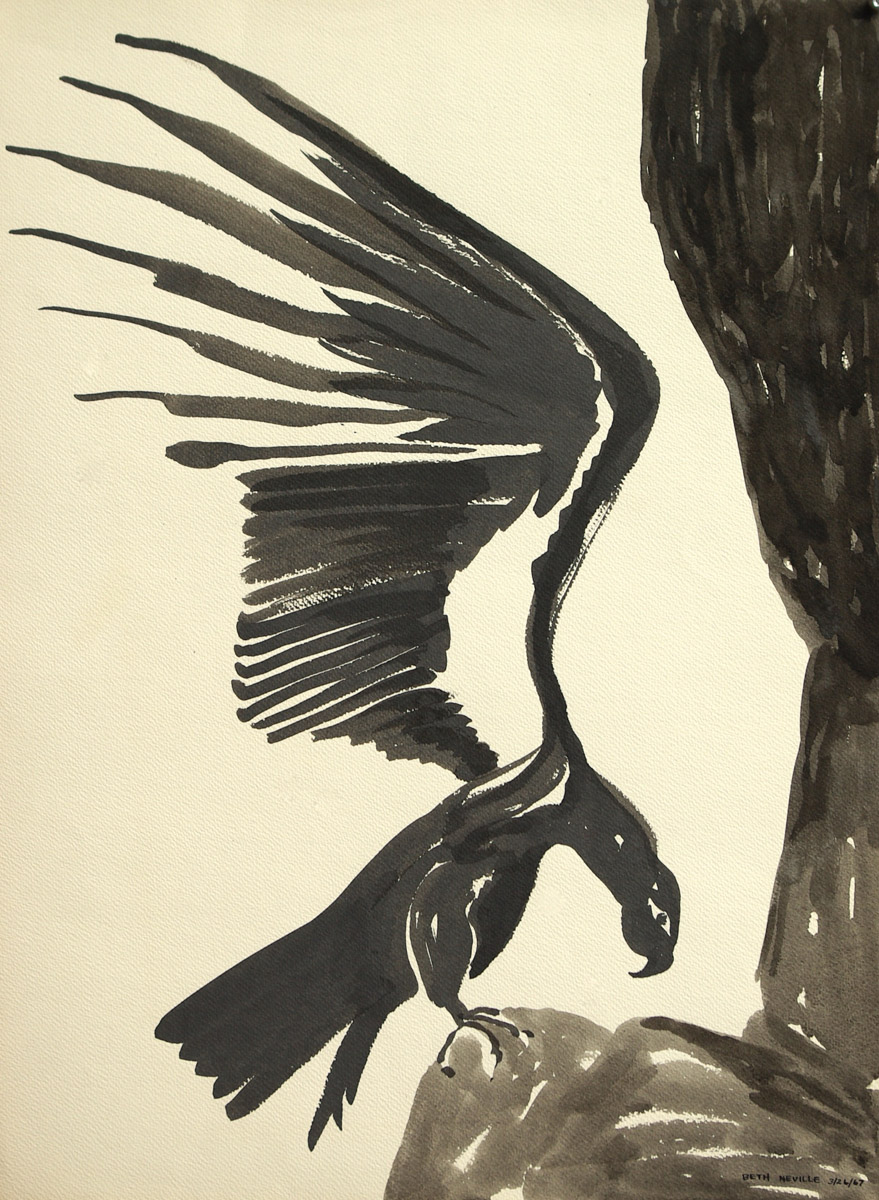
34 “Raven of Death, Pouncing,” March 26, 1967, Beth Neville
Symbolism of Raven in Literature. Raven, as symbolism in literature, is mostly depicted as a sign of death, supernatural, and evil. However, these intelligent birds are also powerful representations in cultures like Native America, symbolizing a connection to the spirit world and teachers of magical studies.One of the famous poems, The Raven, by Edgar Allen Poe, uses the Raven as personified.

THE RAVEN AGE『BLOOD OMEN』 鋼鉄EX
The Raven Symbolism in Different Cultures In Norse Mythology. In Norse mythology, the Raven was a symbol of both death and rebirth. This is because ravens were often seen as guiding souls into the afterlife, bringing news from the battlefield or forewarning omens to follow.

The predictable blend error Arnold Zwicky's Blog
In Welsh folklore, the raven is also an omen of death. If the raven makes a choking sound, it is a portent of the death rattle. A crying raven on a church steeple will "overlook" the next house where death will occur.. Symbolism Raven is a contrary spirit. on the negative side, Raven represents the profane, the devil, evil spirits, the.
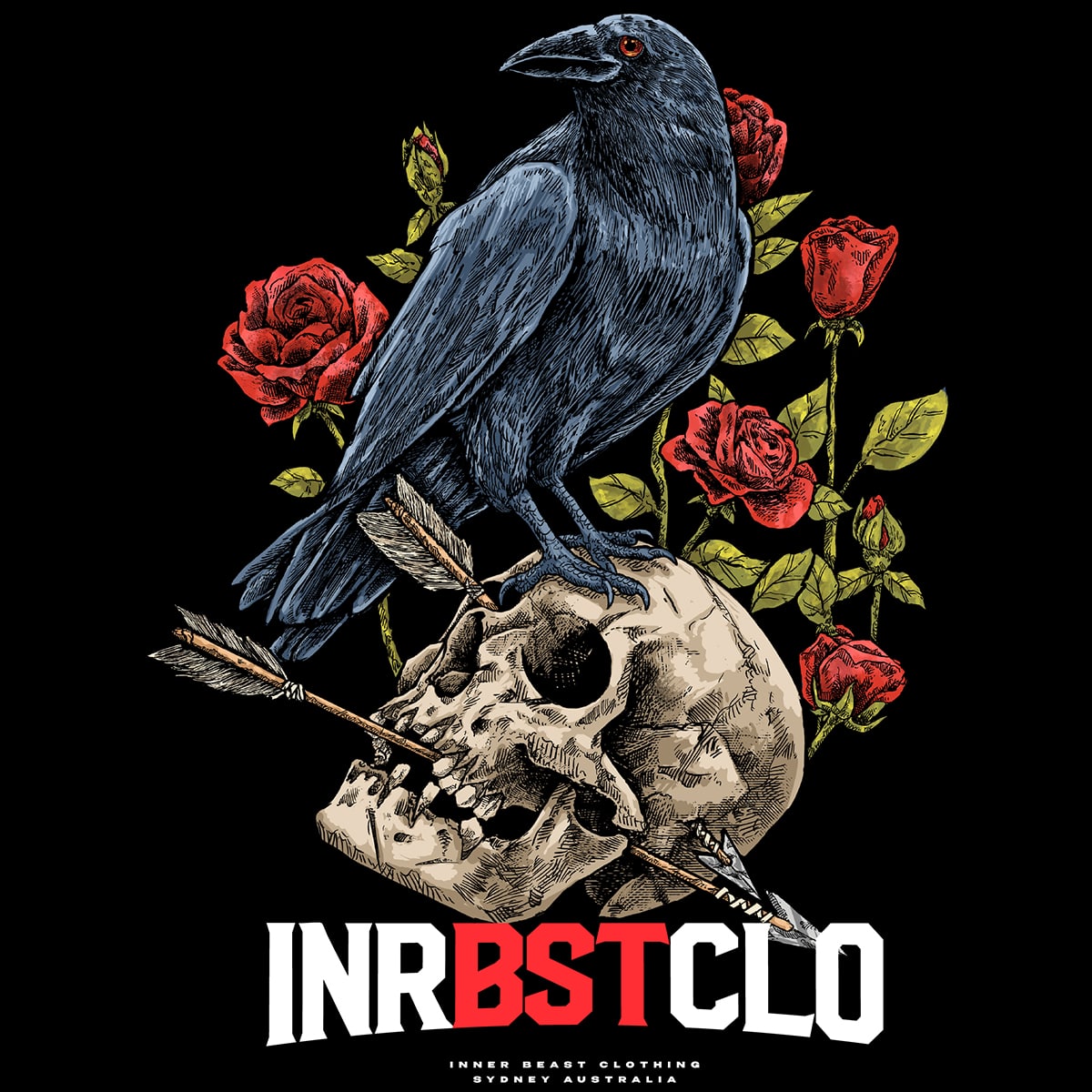
RAVEN THE OMEN OF DEATH TEE Inner Beast Clothing
Some people believe that seeing a raven is an omen of bad luck and loss. Symbolism is very complex and changes from person to person and culture to culture, but most people see ravens as negative. In some cultures, seeing a raven fly over your home symbolizes death. Some believe that finding a dead raven is a symbol of good luck.
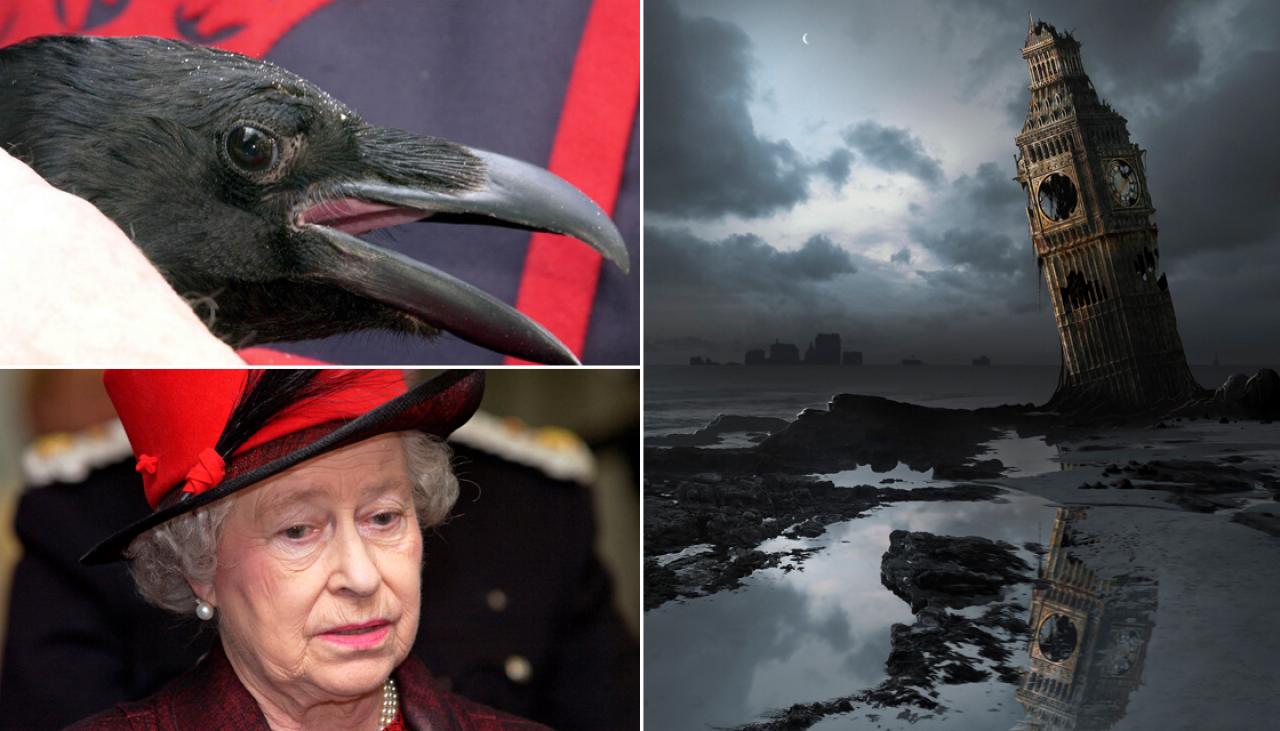
Ancient legends suggest death of 'Queen' raven bad omen for United
The meanings associated with Raven symbolism can vary greatly depending on the culture and context, as demonstrated by its associations with creation, wisdom, and the spirit world in Native American culture, protectors and omens of death in Celtic mythology, and as a helpful guide or symbol of destruction in Norse mythology.